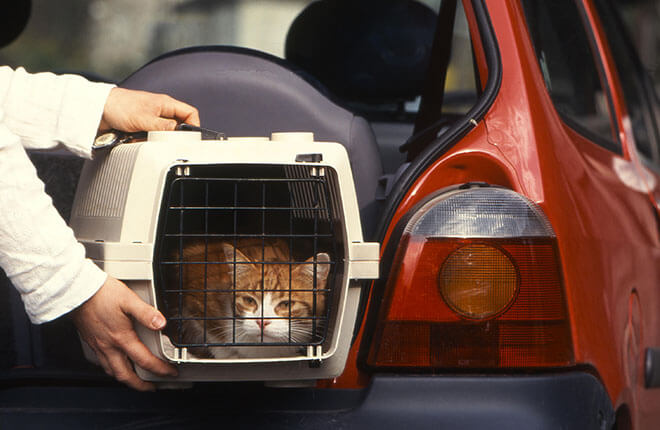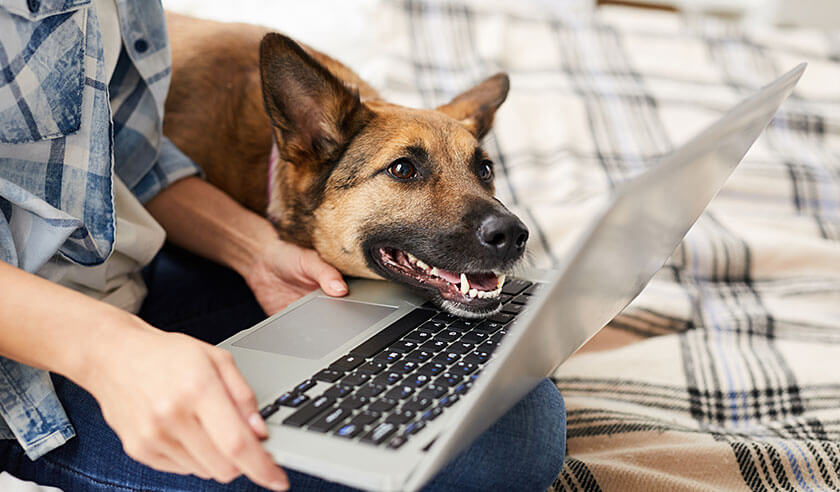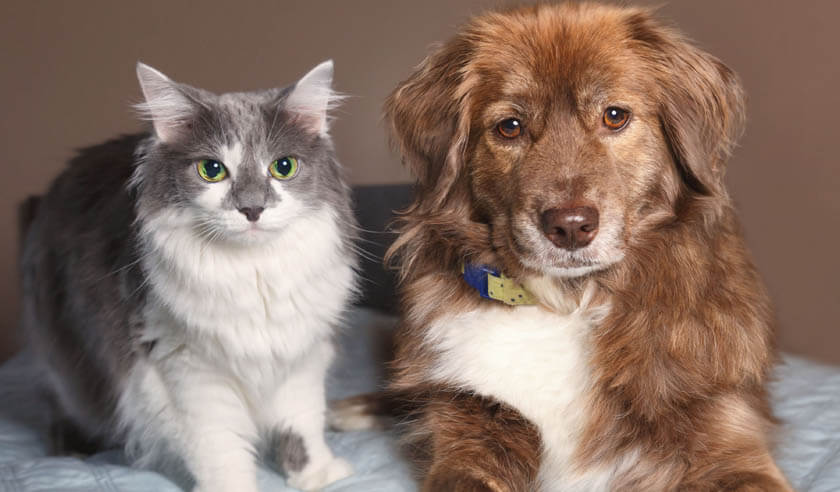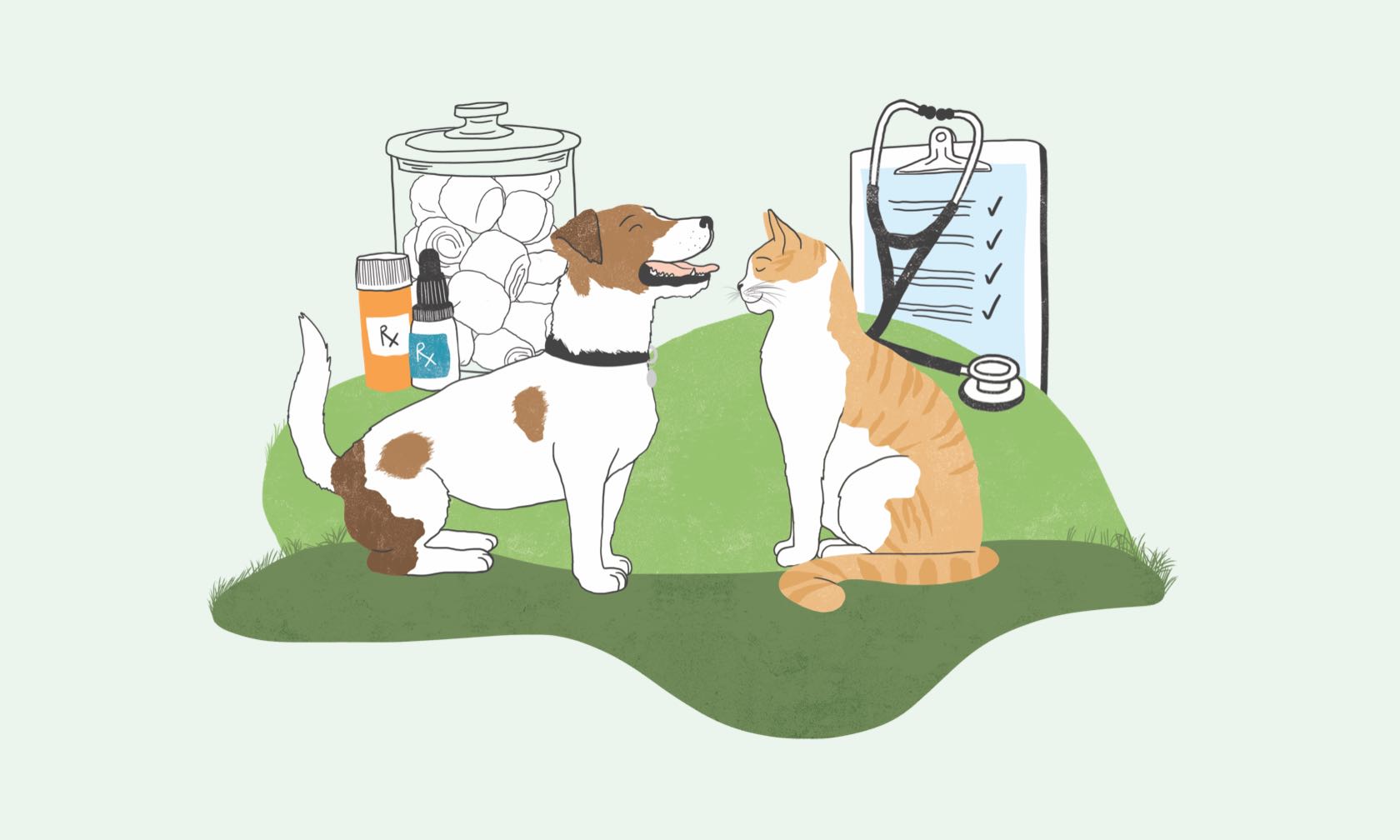To keep pets, pet owners, and staff safe, many veterinary practices across the country have adopted curbside vet care. Instead of joining your pet throughout their appointment — waiting in the lobby, being in the exam room, checking out at the front desk — you're asked to wait in your car with your pet until it is time for them to be seen and then your pet is returned to you once their visit is complete. While some pet parents may be nervous about not physically being with their pet during the appointment, curbside veterinary care can provide a more efficient and less stressful experience for everyone involved.
Veterinary hospitals have trained their staff to make curbside care thorough and streamlined. They've adapted their check-in protocols and have procedures in place to keep things moving during the visit — which can even make wait times shorter. As you get accustomed to this new style of veterinary care, there are a few things you can do to ensure a productive and positive curbside visit with your pet.

A Typical Curbside Veterinary Visit
Each veterinary clinic will differ slightly in the way they handle curbside service, and all must follow their state and local safety rules. But a typical curbside visit follows a basic set of steps.
- Arrival. Upon arriving at the clinic, parking spots may be designated by numbers or colored cones. After you've located a parking spot, you're asked to call the clinic to let them know you've arrived. The receptionist will confirm your pet's name and may ask you the type and color of your car. A veterinary technician may then either call you to discuss the reason for your visit or come out to the car — keeping a safe distance — to get a detailed history and other important information to give to the veterinarian.
Once it is time for your pet to be brought into the clinic, the veterinary technician will likely take your leashed dog or your cat inside their carrier into the clinic while you wait in your vehicle. Some clinics may ask you to bring your dog or cat to the front door and meet you there for the handoff. - The examination. If your veterinarian needs more information as part of their exam, they may call you before they get started, or they may conduct the physical exam and then call you to discuss their findings and talk to you about any diagnostic testing they recommend be performed. An estimate for any needed diagnostics, treatments, or medications will likely be presented once you and your doctor have spoken. Once you have agreed on a plan, your veterinarian and technician(s) will perform the necessary diagnostics and treatments and you will be informed once everything is complete.
- Checking out. When your pet is ready to go home, a staff member will call you to take care of payment and checkout over the phone. They will then bring your pet back out to you and go over any medications or special instructions if they haven't already done so by phone.
Helpful Tips to Make the Most of Your Curbside Vet Visit
There are things you can do to help make a veterinary curbside visit go as smoothly as possible for you, your pet, and the veterinary team. With some basic pre-visit preparation, your experience may even be more satisfying than a traditional visit inside the clinic.
- Arrive on time (or a little early). Late arrival can mean you and your pet must wait for an extended period in the car or outside if you didn't drive. In inclement weather, this can not only be inconvenient but also uncomfortable.
- Bring your cell phone. Make sure your cell phone is charged and the ringer is turned up. This is the main channel of communication between you and the veterinary staff. If you do not have a cell phone, let the clinic know before you arrive so staff can make other arrangements. Some clinics can also accommodate using a tablet or another mobile device.
- Bring records and medications with you. If this is your first visit to a particular clinic, have records sent over from your previous hospital. Always bring a complete list of your pet's current medications, including the doses and how often they are given. It can be helpful to take pictures of the medication bottle labels or to bring the bottles themselves if they are available. If any medications need to stay in the fridge, take a photo of the label.
- Do not leave the parking lot. Unless specifically instructed, do not leave the clinic's parking lot, even to get a cup of coffee. Your veterinarian wants to get your beloved pet back to you as soon as possible. If you leave (without being told to do so), then your pet needs to stay at the clinic longer, and this can be stressful for them.
- Take pictures of the issue. If you have found a lump, rash, or another area of concern on your pet, take a picture of it. You may be able to email or text it to the clinic. If it's difficult to find, ask your veterinarian in advance how best to identify the location so they can focus on it without extra searching.
- Take videos of the issue. This is especially helpful if the problem is sporadic, like an intermittent cough or lameness. Video allows your vet to see what is going on, since some issues might not be obvious at the time of the exam or your pet may be hiding the signs. You can often send the video before your appointment.
- Write things down. If you have several concerns you would like addressed, make a list, hand it to the veterinary technician or staff member, or even email it to the clinic in advance of your visit.
- Wait in your car or stand back. Congregating by the clinic door can create safety issues for staff coming and going with pets belonging to other owners. Always follow the instructions of veterinary staff during the appointment.
- Have a leash and a collar/harness for your dog. Make sure your dog is always leashed during the handoff to veterinary staff. This is for your pup's safety, as well as the staff member. Most handoffs occur outdoors and sometimes around areas with traffic.
- Make sure your cat is in a carrier. Even the most easy-going cat can bolt if stressed or in an uncontrolled environment. Your cat must be in a carrier, so there is no chance for escape in a busy parking lot.
- Give the veterinary staff a heads up. If you know your pet tends to be anxious or have behavioral issues at the vet, let the clinic know when you book your appointment. Your veterinarian might recommend medication or a special handling protocol during check-in to keep your pet and staff members safe.
Do not let the idea of curbside veterinary visits prevent you from keeping up on regular veterinary care or seeking treatment promptly if something isn't right with your pet. It's natural to have some concerns about curbside care versus an in-hospital visit. However, veterinary clinics around the country have figured out how to provide the same high standard of care you are used to while keeping themselves, your pet, and you as safe as possible. Following the simple guidelines outlined in this article, you can expect a positive curbside experience for you and your animal companion.
ZPC-01084R1







